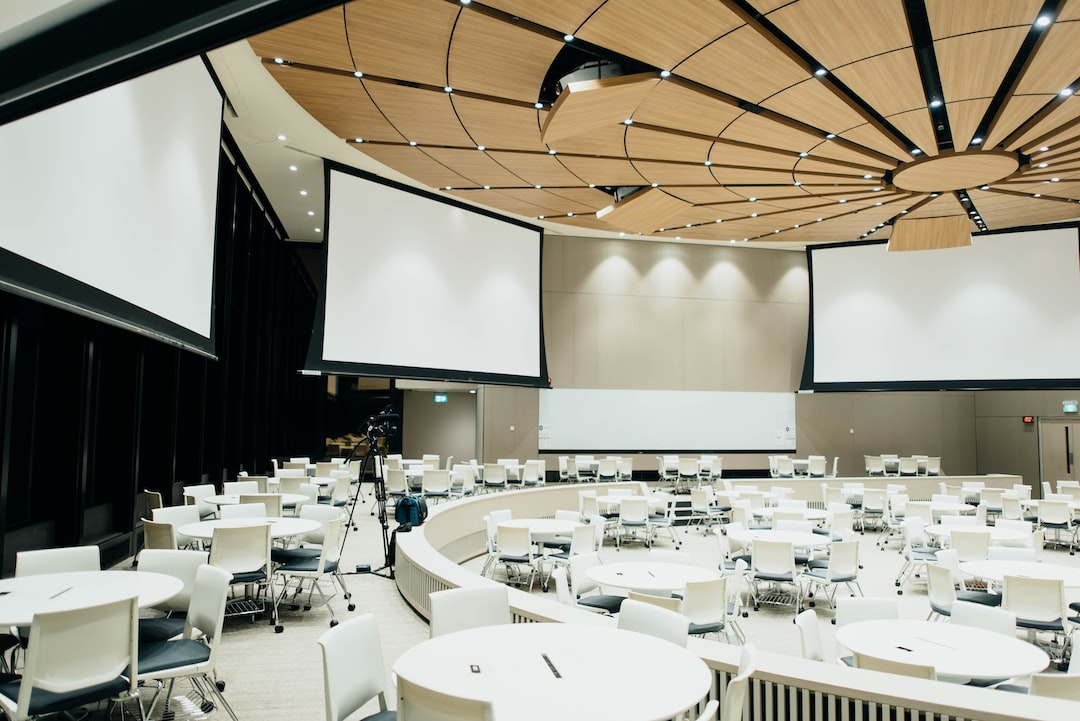Historic Landmarks: Preserving the Past for Future Generations
Throughout the world, there are countless historical landmarks that serve as a testament to our rich and diverse past. From majestic castles to ancient ruins, these structures and sites tell stories of our ancestors and the civilizations that shaped our present. Preserving these landmarks is not only crucial for our cultural heritage but also essential for educating and inspiring future generations.
Historic landmarks carry immense historical, cultural, and architectural significance that cannot be ignored. They provide us with a tangible link to the past, enabling us to understand our roots and appreciate the struggles and triumphs of those who came before us. These landmarks offer a glimpse into the daily lives, beliefs, and achievements of our ancestors. They act as time capsules, capturing the essence of specific eras and preserving them for generations to come.
Moreover, historic landmarks have the power to evoke a sense of awe and wonder. Standing before iconic structures such as the Pyramids of Giza or the Taj Mahal, one cannot help but feel a deep connection to history. These landmarks possess unique architectural characteristics, often showcasing the skills and craftsmanship of previous civilizations. By preserving these structures, we ensure that the architectural marvels of the past continue to inspire and amaze future architects and artists.
In addition to their aesthetic and historical value, historic landmarks contribute significantly to the cultural and economic development of cities and countries. These landmarks often become tourist attractions, drawing visitors from all around the globe. The tourism industry surrounding historic landmarks brings economic benefits, providing jobs and revenue for local communities. It also encourages the development of related industries such as hospitality, food, and souvenirs.
Furthermore, preserving historic landmarks can have a profound effect on local communities. These landmarks serve as gathering places, where people can come together to celebrate their history and heritage. They foster a sense of pride and identity among locals, strengthening the community bonds. Additionally, historic landmarks often become venues for cultural events, performances, and exhibitions, breathing life into the surrounding areas and contributing to the social fabric of the community.
However, the preservation of historic landmarks is not without its challenges and controversies. As time passes, these structures undergo wear and tear, facing decay and deterioration. The costs associated with maintenance, restoration, and ongoing conservation can be significant. Balancing the need to preserve these landmarks with other societal priorities, such as housing or infrastructure development, can be a delicate task.
Fortunately, there are numerous organizations and initiatives dedicated to the preservation of historic landmarks. Governments, both national and local, play a crucial role in providing funding, legislation, and protection for these sites. Non-governmental organizations, such as UNESCO, work tirelessly to identify and safeguard the world’s most important landmarks. Collaborations between public and private sectors, as well as partnerships with local communities, are essential in ensuring the preservation of these invaluable treasures.
Technology also plays a significant role in preserving historic landmarks. Advances in digital documentation techniques, such as laser scanning and photogrammetry, allow for the creation of accurate and detailed virtual models of these structures. These digital representations not only aid in the conservation process but also provide an opportunity for virtual exploration and education. Virtual reality and augmented reality technologies enable individuals to experience historic landmarks as they once were, even from the comfort of their homes.
In conclusion, historic landmarks hold immense value for us and future generations. They provide a connection to our past, educate, inspire, and contribute to both the cultural and economic development of communities. Preserving these landmarks is a collective responsibility that requires the collaboration of governments, organizations, and individuals alike. By protecting and appreciating these treasures, we ensure that the stories of our ancestors live on and continue to shape our understanding of the world.

